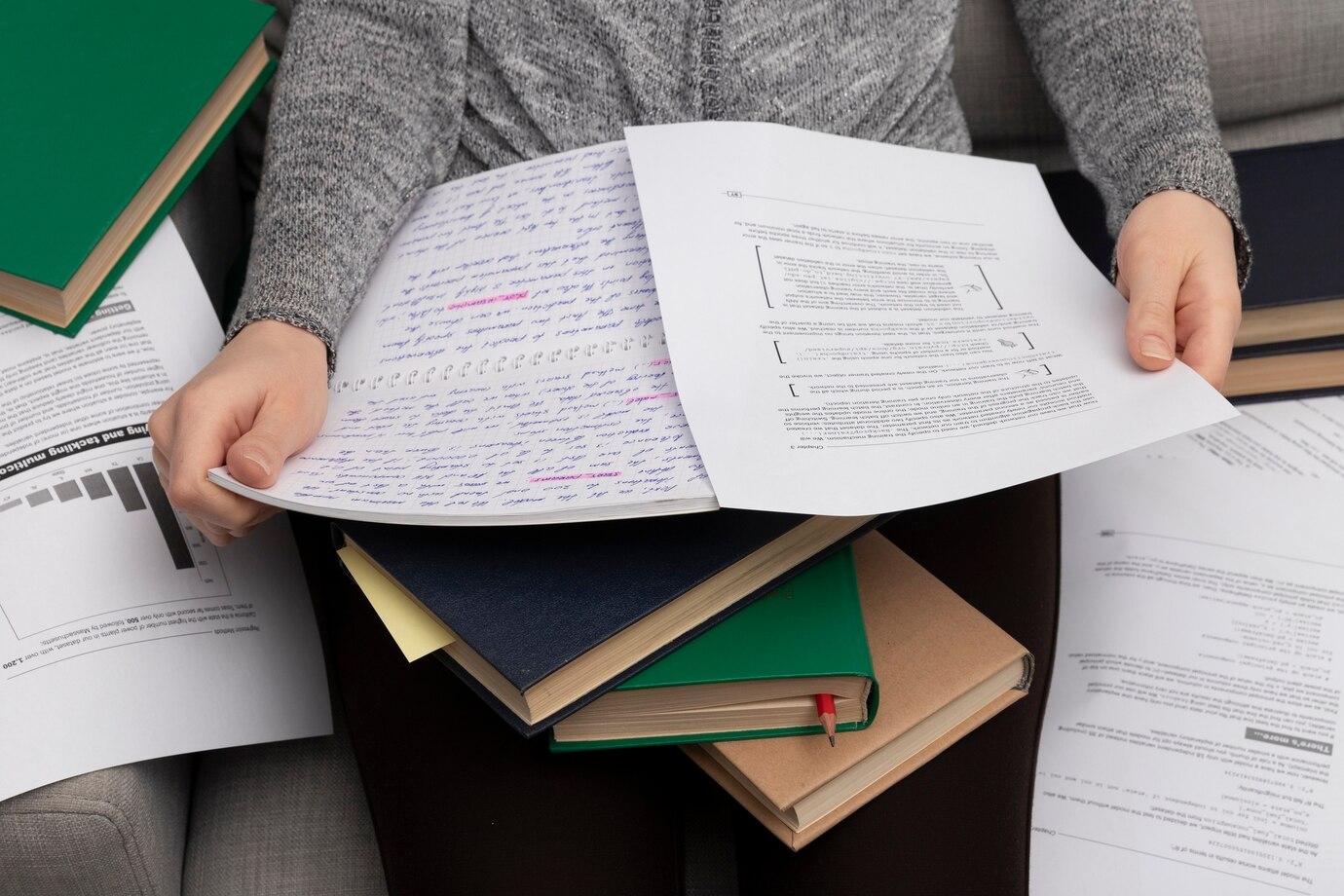Fraud with fake documents has become a common phenomenon in modern society. Fake IDs and diplomas are used for both personal and professional purposes.
Diploma Fraud: Scale and Consequences
Diploma fraud is a background on which various types of crime develop. Statistics on this issue are concerning. According to studies, about 30% of employers encounter fake diplomas among their new employees.
The reasons people resort to buying fake diplomas vary from personal ambitions to economic necessity.
However, the consequences for all parties involved in such schemes can be serious. For some, it may lead to criminal prosecution, and for employers, it could result in losses associated with low-quality employees and the possibility of legal proceedings.
Fake IDs: Types and Ways of Use
Fake IDs can range from driver's licenses to professional certificates. Fraudsters create counterfeits of varying quality, and many of them are hard to distinguish from originals at first glance. This can mislead not only employers but also authorities.
Often, fraudsters use old templates of official documents and replace the data. It is easy to find dubious ads on the internet offering the production of IDs of various categories. These firms may seem legitimate, using fake IDs and licenses.
Fake IDs can be used for various purposes: from driving a car to obtaining funding under false pretenses. Thus, systemic fraud in this market poses a significant risk to society as a whole.

Swindlers with Purchased Diplomas: Typical Schemes
Schemes of fraud with purchased diplomas can range from trivial to quite complex. For example, fraudsters may offer "hot" deals where a diploma is made for a small amount, fully imitating the original. The effectiveness of such schemes depends on the components set by the fraudster — the size of the "investment," waiting time, and result.
There are also more organized criminal groups that can create entire fake educational institutions using internet resources. These groups organize "educational programs" and issue diplomas without having any rights to do so.
To avoid falling into such schemes, potential students should carefully study educational institutions and all related reviews. Checking for accreditation and license is an important aspect of this process.

Fake Certificates: How to Spot a Counterfeit
Fake educational certificates are another type of fraud that many people encounter. Fraudsters not only forge higher education diplomas but also certificates of secondary and primary education. This creates serious problems for education and employment systems.
Recognizing a fake certificate is not always easy. However, there are some signs to watch for. For example, inconsistencies in fonts, lack of watermarks, or incorrect issue dates can be red flags for counterfeiting.
Some fake certificates may even have additional elements that give the appearance of authenticity. For example, the presence of a seal may seem convincing if it is poorly executed.

How to Verify a Diploma's Authenticity: Simple Methods
Verifying a diploma's authenticity is an important step not only for employers but also for the applicants themselves. There are several methods that can help you ensure the authenticity of a diploma.
Contact the educational institution that issued the diploma. The vast majority of institutes and universities have their databases, where you can verify this information. Often you can do this through the institution's official website.
Reach out to specialized online services that offer diploma verification services. These services can provide information about the institution's accreditation and status. However, not all of them are reliable, so it's worth using well-known resources.
Contact government bodies responsible for accrediting educational institutions. They can also verify whether your diploma was indeed issued by the corresponding organization, allowing for maximum confidence.
Certificate Scams: Who Falls for Fraudsters?
Certificate scams are a separate issue that affects both educational institutions and individuals. Often, fraudsters offer courses and training, after which a certificate is issued. After paying for the course, participants receive the promised document, but it has no legal force and is not recognized by accredited organizations.
Falling into such traps often occurs due to a lack of information about the educational services market. Participants may be misled by advertising materials that inspire trust but have no proof of the course's reality.
Fraudsters in Education: How This Problem Affects Society
The issue of fraud with fake documents in education has been discussed for many years. It seriously affects the quality of education, as hiring unscrupulous specialists puts companies at risk of damaging their image and competitiveness.
The main goals for solving the problem of fraud include raising public awareness about this issue. The more people are informed about the risks, the less chance fraudsters have of succeeding.

Fraud with Fake Credentials: How to Protect Yourself
When it comes to fake documents, protection against fraud is everyone's responsibility. The first thing to do is always be vigilant. If an offer seems too good to be true, it probably is.
Never trust fraudsters. If you doubt any document, always verify its authenticity.
It's also worth developing a habit of studying local laws and regulations regarding education and accreditation.
Conclusion
Fake IDs and diplomas are a complex problem that affects both individuals and society as a whole. Fraud in this area requires awareness and attentiveness from both job seekers and employers. Understanding fraudsters' schemes and ways to verify documents will help minimize risks and avoid unpleasant situations.
character count - 5700
 >
>